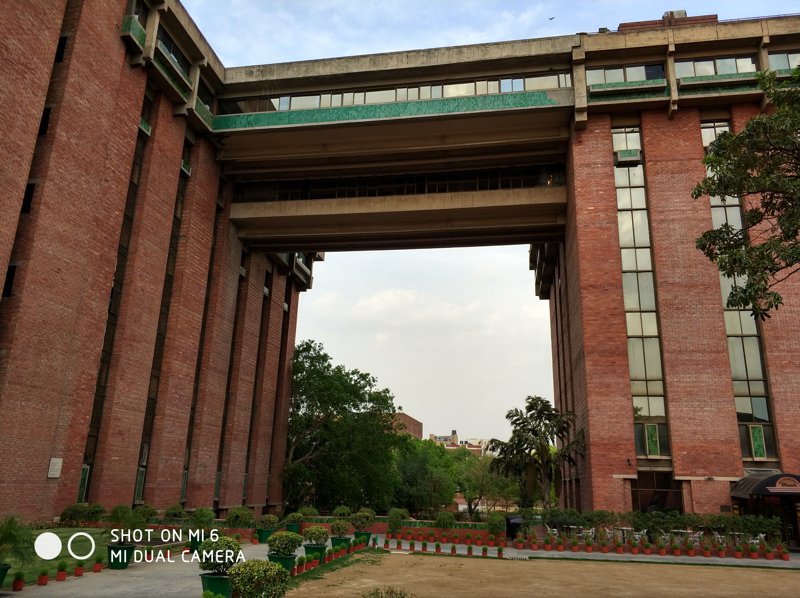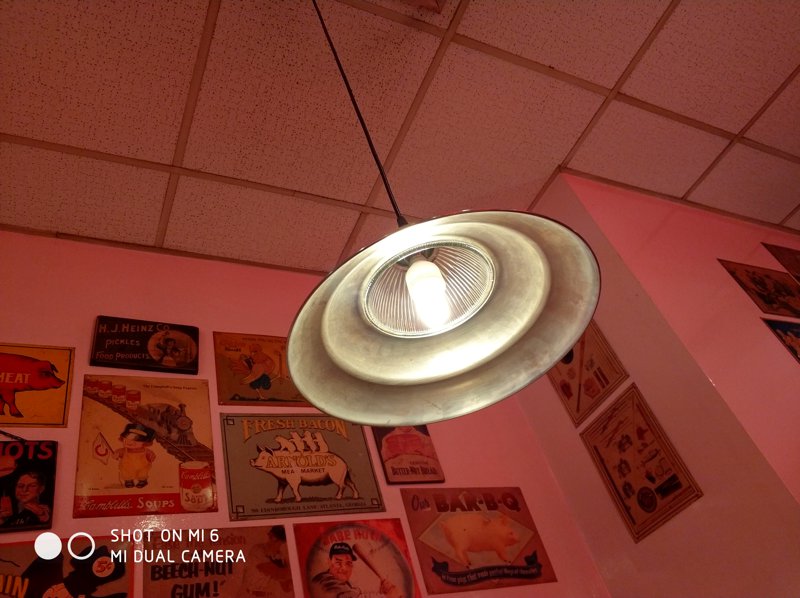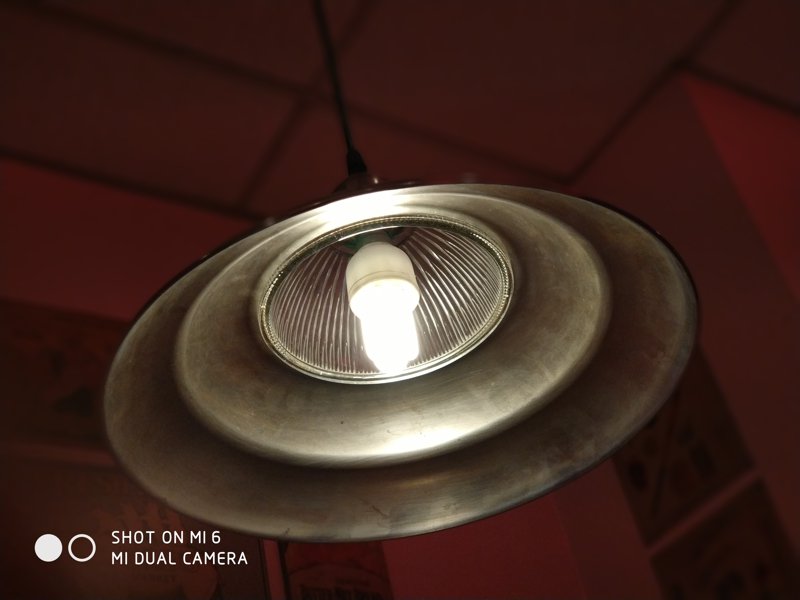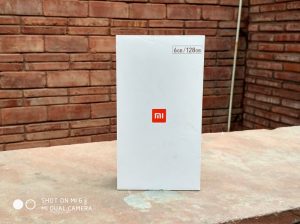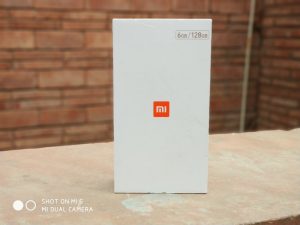
Close to 14 months after the launch of the Mi 5, Xiaomi finally introduced it’s successor earlier this month. Predictably called the Mi 6, the phone continues the tradition of bringing top of the line specifications at half the price of current flagships. In India though, the Redmi series remains the bread and butter for the company. The future of Xiaomi’s flagship line in India remains a bit dubious due to less than stellar sales but given an opportunity, we just couldn’t resist going hands on with the latest and greatest from the company. Read on for our first impressions of the Xiaomi Mi 6.
Xiaomi Mi 6 specifications
- 5.15-inch (1920×1080 pixels) Full HD display with 600 nits brightness, 94.4% NTSC color gamut, 1500:1 contrast ratio
- 2.45GHz Octa-Core Snapdragon 835 64-bit 10nm processor with Adreno 540 GPU
- 6GB LPDDR4x RAM with 64GB / 128GB (UFS) internal storage
- Android 7.1.1 (Nougat) with MIUI 8
- Dual SIM (nano + nano)
- Splash resistant
- 12MP rear camera with 1.25μm pixel size, f/1.8 aperture, dual-tone LED flash, 4-axis OIS, 4K video recording, secondary 12MP camera with 1.0 μm pixel size, 52mm portrait lens, f/2.6 aperture
- 8MP front-facing camera
- Ultrasonic Fingerprint sensor, Infrared sensor
- Stereo speakers
- Dimensions: 145.17x 70.49×7.45 mm; Weight: 168g / 182g (ceramic)
- 4G LTE, WiFi 802.11ac dual-band (2×2 MU-MIMO ), Bluetooth 5.0, GPS/GLONASS/Beidou, NFC, USB Type-C
- 3350mAh (typical) / 3250mAh (minimum) battery with Qualcomm Quick Charge 3.0, 18W fast charging
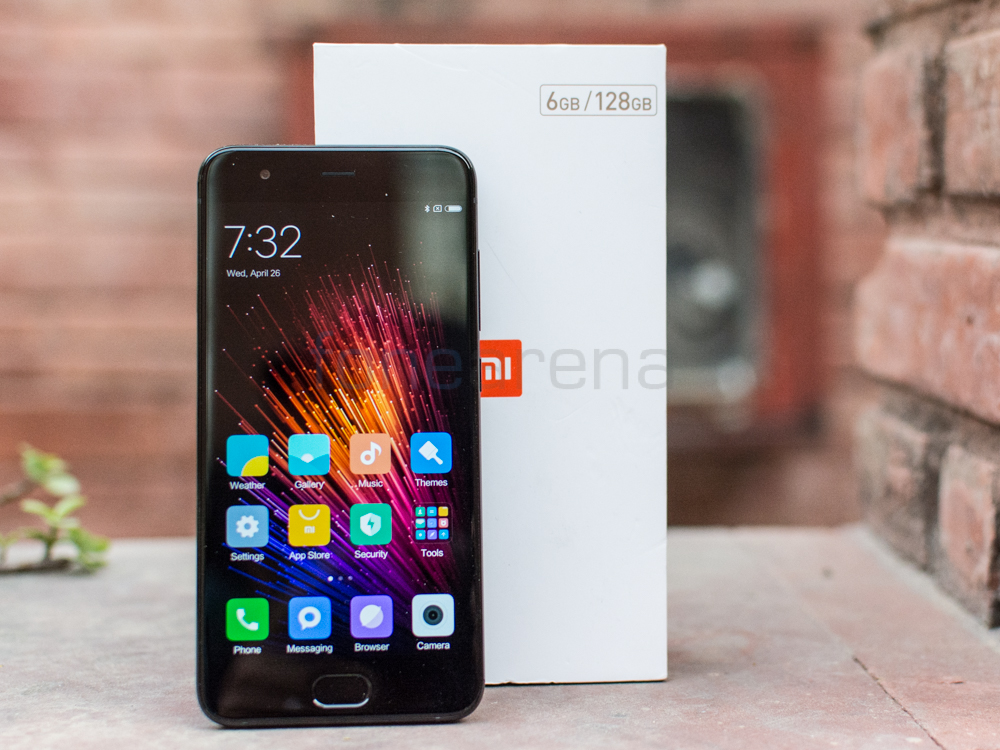
To start things of, this is a Chinese variant that we got hold of that does not have Play Services built in and as such, has quite a few software differences throughout the OS. The phone is running on Android 7.1.1 with MIUI 8 running on top that gains a new full system search option. This is also the top of the line 6GB RAM / 128GB ROM variant with a ceramic black back. Now that we’ve set things in perspective, let’s move on to the phone itself.
From the front, The Mi 6 is an ultra glossy, fingerprint prone slab of glass that looks particularly good looking in an understated, stealthy sort of way. Where the Galaxy S8 is a flashy futuristic piece of tech akin to a Lamborghini Cenetenario, the Mi 6 is a more reserved yet equally stunning BMW 7 Series. The 5.15 inch Full HD screen is smaller and low resolution by current flagship standards but at least from a size perspective, is infinitely more comfortable compared to a lot of the competition. The ultra glossy front makes outdoor visibility pretty hard despite the maximum 600nits of brightness on offer. The panel itself is above average and offers fairly natural color reproduction out of the box. MIUI does have a built in means to adjust saturation so you should be able to tweak it to your taste. Under the screen is an Ultrasonic Fingerprint reader that we didn’t get a chance to test out. It sits a bit deeper than the rest of the front panel and is easy to find even without looking at the screen. Capacitive buttons flank it on either side.
As we mentioned earlier, the ergonomics are spot on here and the smaller frame makes the Mi 6 easy to grip and manipulate with relative ease even when holding up in one hand. The right side has both a volume rocker and a power button. Both sit flush with the body and just don’t provide enough feedback. The left side on the other hand houses the Dual SIM card tray. Like previous flagship devices from Xiaomi, there’s no microSD support so you can’t expand storage.
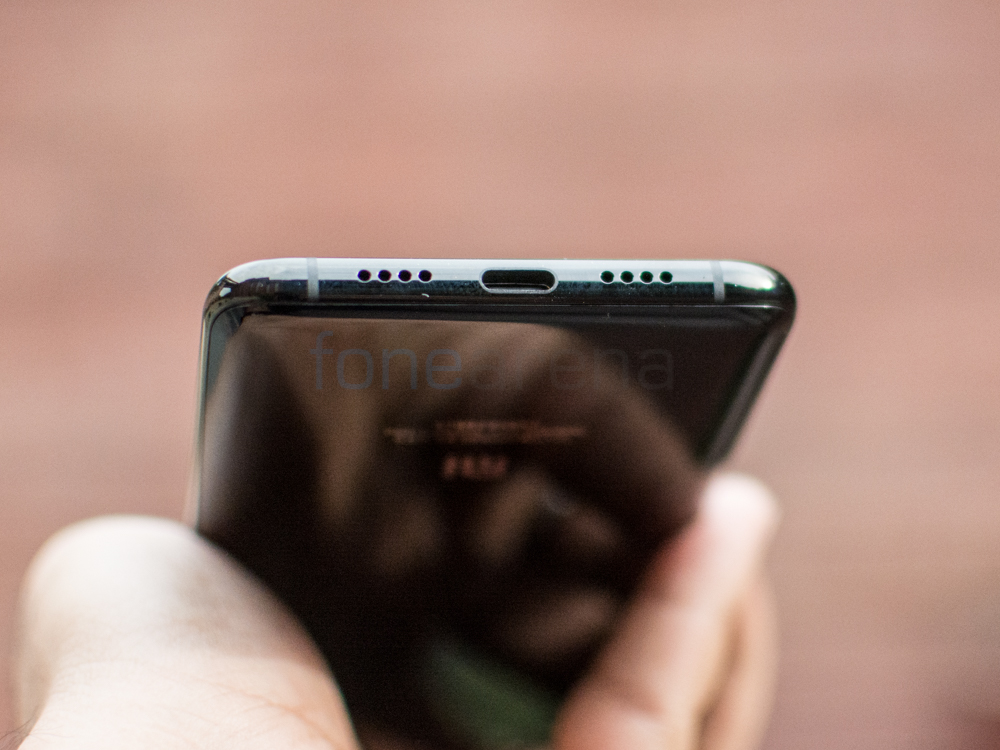
A very curious and unwelcome subtraction from the hardware is the headphone jack. You are dependent on the USB Type C port for both charging and audio output. We find it hard to buy the size constraint argument when many other manufacturers are able to get around it just fine and it is simply unfortunate to see the removal of the jack. Moving on, the Xiaomi Mi 6 has stereo speakers that are placed at the two ends of the phone. The phone continues to have an iR blaster at the top that lets it control a wide variety of consumer electronics.
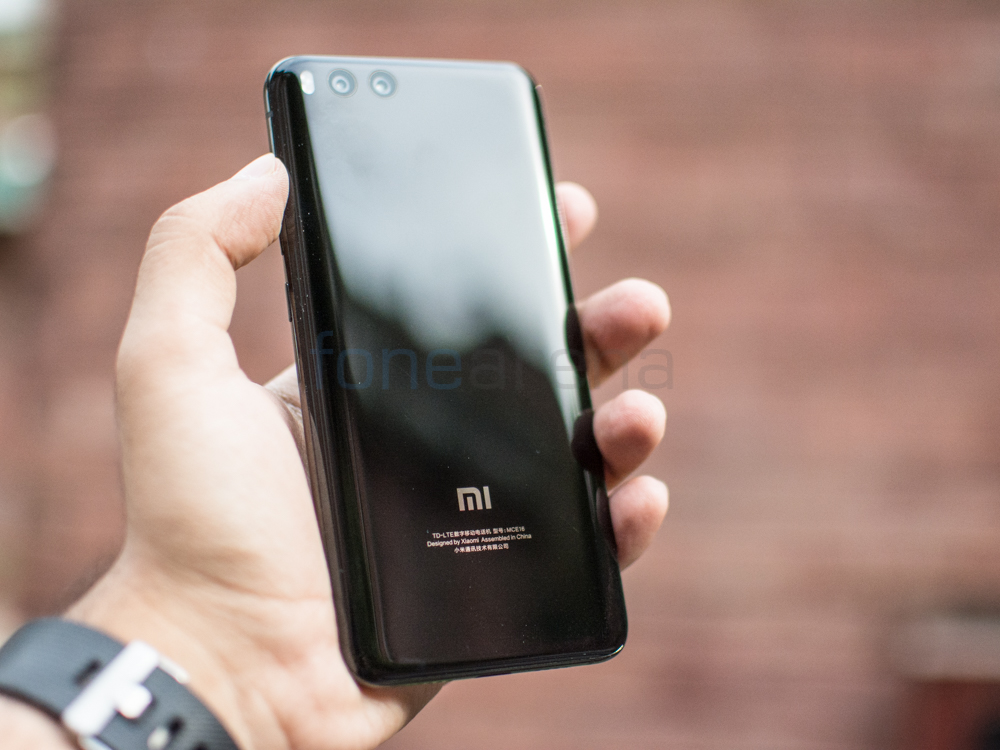
The Ceramic Black Mi 6 looks stunning both from the front and especially so from the back. In design and marketing lingo, the phone has 4-way curved glass and in effect this means that there are no sharp corners anywhere at all. The smooth back is very slippery and you’ll be well advised to be careful with it.

The biggest change on the hardware front of course are the dual rear facing cameras. While both the modules have 12MP sensors, the primary camera has a 1.25μm pixel size, f/1.8 aperture as well as 4 axis image stabilisation. The 52mm portrait module on the other hand lacks image stabilisation, has an f/2.6 aperture. This has a pronounced effect on final image quality as you’ll notice in the shots below.
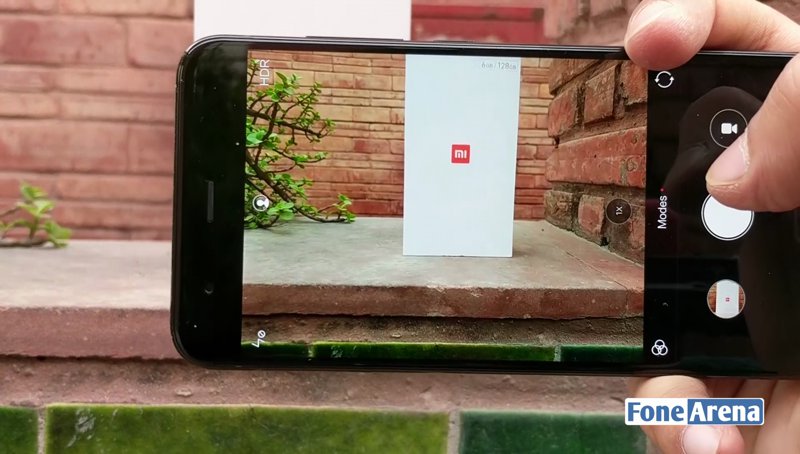
First things first, there are three ways that to use the camera on the Xiaomi Mi 6. While MIUI continues to bring with it a whole host of manual and semi-manual modes, we’ll focus only on the auto mode since that is what most people use. Coming back to the three main modes, the first is of course the regular camera app in auto mode where we found the phone to be sufficiently fast at snapping shots. Tapping a small button near the shutter button throws us into a 2x telephoto mode. Meanwhile, a portrait button over at the opposite end drops you into a shallow Depth of Field (DoF) mode that the phone simulates using the multi camera array.
For regular shots, the camera on the Mi 6 performs well though not quite as good as the latest generation flagships. Images appear slightly soft when zoomed in though the phone does manage to keep noise low. The latter is evident in the photo above where a looming dust storm made shooting conditions less than ideal.
The 2x Telephoto lens on the other hand isn’t too good in low light. The lack of image stabilisation means that you might have to try a couple of times before you can get a perfectly stable shot. Focussing too takes longer and isn’t very precise.
Indoor conditions result in higher noise levels but still very presentable shots. There are some overblown highlights but using the HDR mode should help with that.
We had to play around quite a bit with the exposure settings to get a good shot with the telephoto lens in low light conditions. On auto mode, the phone struggles a bit with metering and more so with focussing.
The two photos above demonstrate the capabilities of the telephoto lens on the Mi 6. The shot on the right has the portrait effect switched on which simulates a shallow depth of field by using the data from the two lenses. The end result isn’t all that great and the phone wasn’t too good at defining boundaries around objects. Considering it is called portrait mode, perhaps this works well only on human subjects? Unfortunately we did not have someone along to test it on but rest assured, we’ll get on it once we have the phone in our hands.
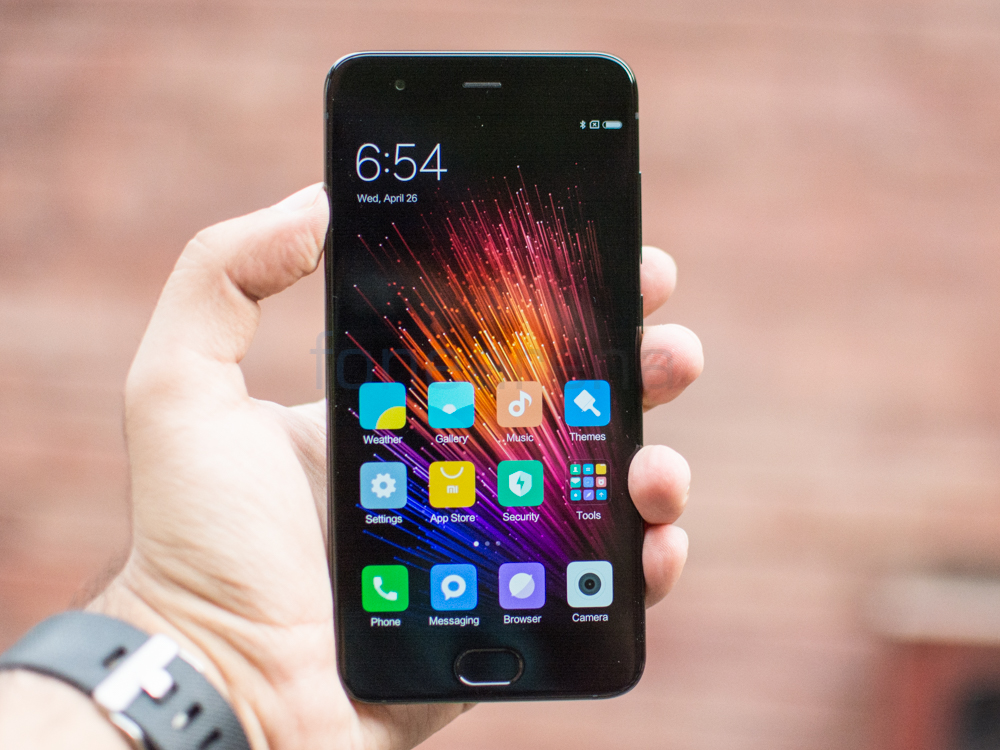
We haven’t really touched on the performance aspect of the hardware because it is impossible to get a read on this in the span of a few hours. The Snapdragon 835 chipset and 6GB of RAM are top of the line hardware and we’re sure that the Mi 6 will make good use of it. As it stands, interface navigation was absolutely smooth and as you’d expect from such hardware, there were no lags anywhere.
Moving on to the question that many of you would have in mind, the company doesn’t have any immediate plans to launch the Mi 6 in India. However, Xiaomi has not categorically denied any future plans either so take any information you hear on this with a grain of salt. Considering the fact that the Mi 5 didn’t do all that well for the company, we’re sure they want to play a bit cautious. The Xiaomi Mi 6 goes on sale in China starting 28th April and is priced at 2499 yuan (US$ 360 / Rs. 23,420 approx.) for the 6GB RAM with 64GB internal storage version, 2899 yuan (US$ 421 / Rs. 27,190 approx.) for the 6GB RAM with 128GB storage version while the same 6GB RAM with 128GB storage version with ceramic body costs 2999 yuan (US$ 435 / Rs. 28,100 approx.)






